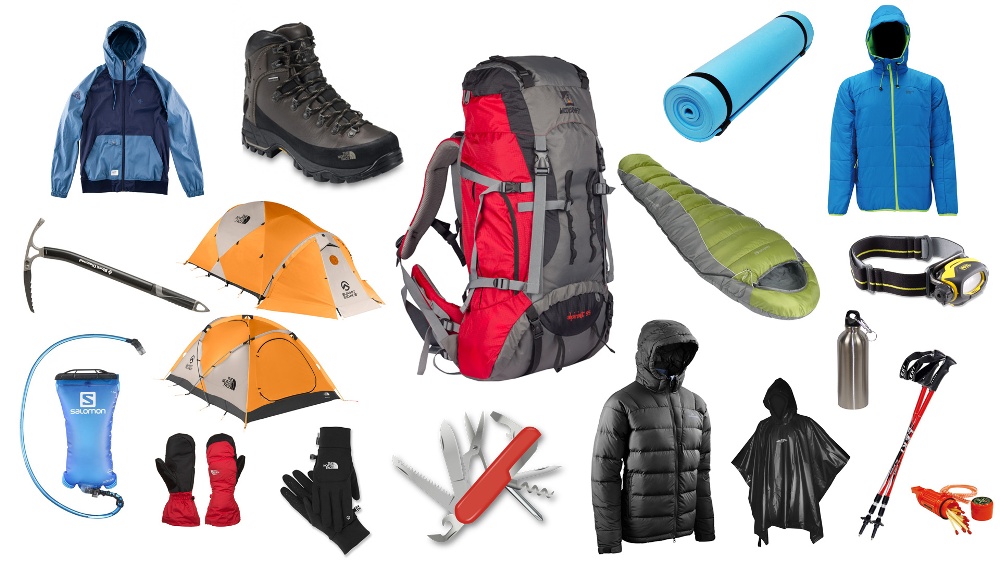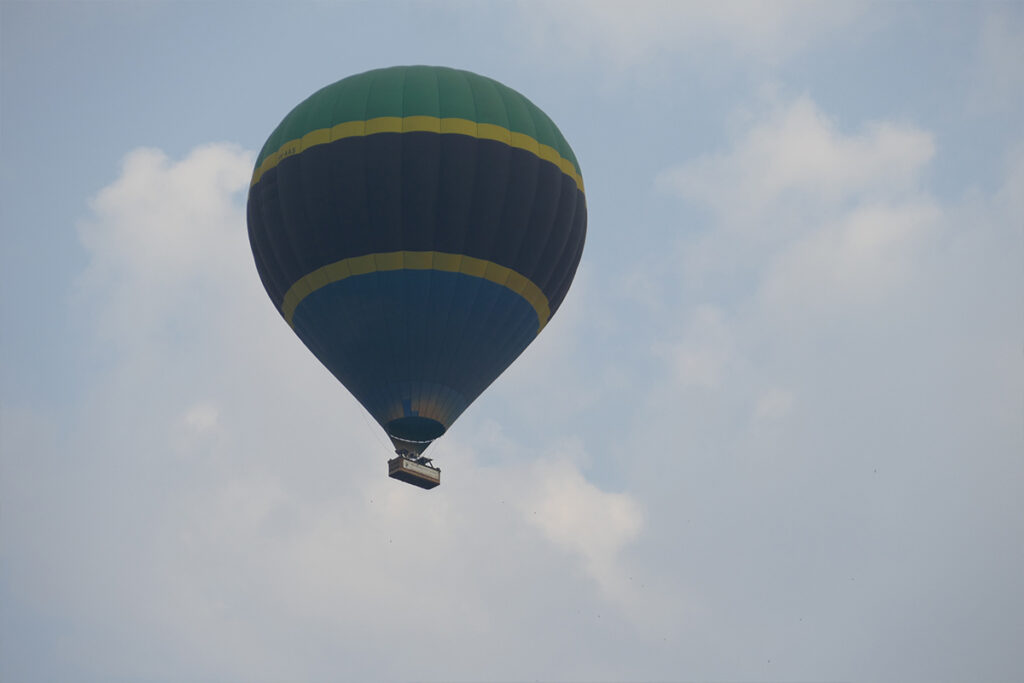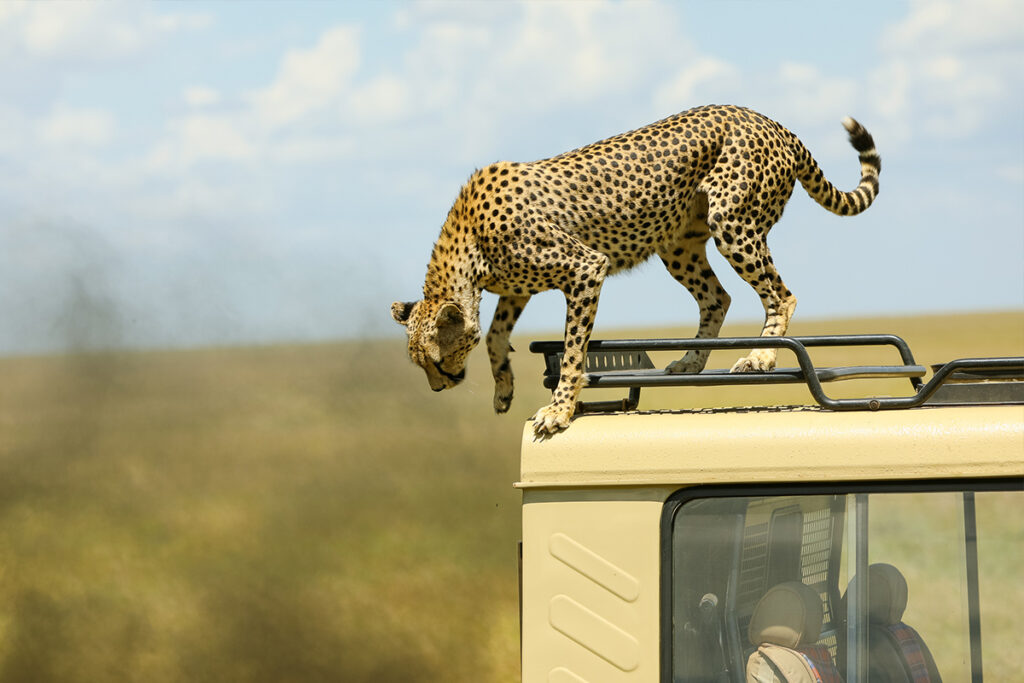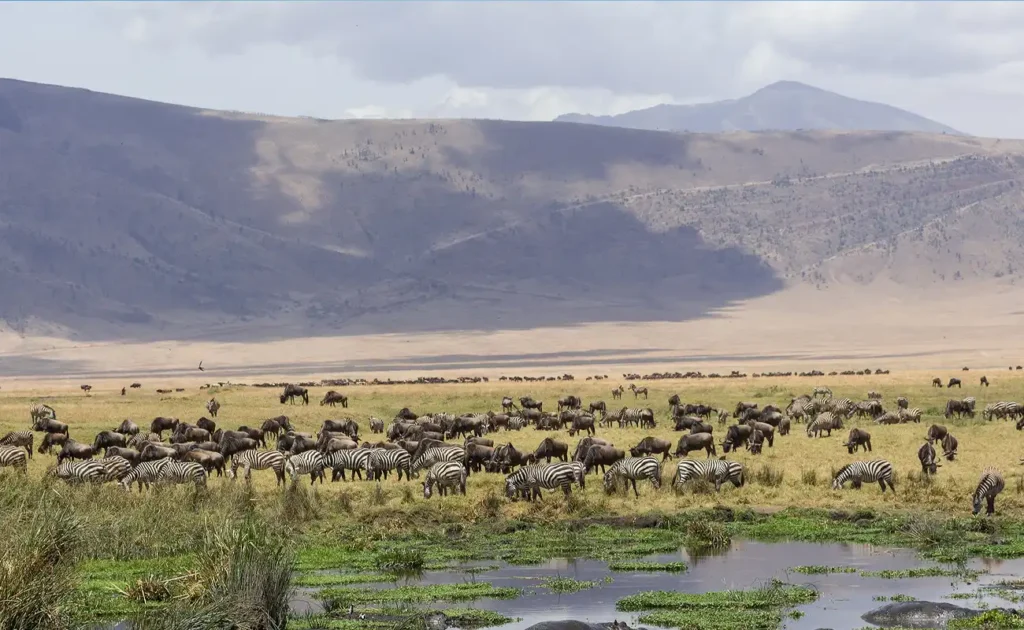Every year, approximately 30,000 climbers attempt to conquer Mount Kilimanjaro, drawn by its reputation as a doable yet challenging endeavor. Yet, the preparation required is often underestimated, especially when it comes to gear. The journey from dense forest to glacial peaks demands a meticulously curated selection of equipment to ensure success and safety.
The range of gear required is as varied as the climate zones you’ll traverse. High-quality, moisture-wicking base layers are essential for maintaining warmth and comfort. Furthermore, a durable pair of hiking boots, ideal for varied terrains, is indispensable, reflecting a time-tested tradition dating back to early adventurers. In fact, the right combination of gear can make the difference between a successful summit and an early return.

What gear do I need for Kilimanjaro?
Climbing Mount Kilimanjaro requires specific gear to stay safe and comfortable. The mountain’s diverse climate demands preparedness for various weather conditions. Starting with clothing, it’s important to dress in layers. These layers should include a moisture-wicking base, an insulating middle, and a waterproof outer shell. These layers help regulate body temperature and protect against the elements.
Essential gear also includes sturdy hiking boots and a reliable backpack. Hiking boots should be broken in before the climb to avoid blisters, while a good backpack is crucial for carrying necessities like snacks and water. Speaking of which, hydration systems such as a camelback can be very handy. Staying hydrated is key to managing altitude changes.
On Kilimanjaro, nighttime temperatures can plummet, making a quality sleeping bag essential. Look for one that is rated for subzero temperatures. A sleeping mat provides additional insulation and comfort. Don’t forget headlamps, which are vital for early morning summit pushes. Batteries should also be in your pack to ensure the lights stay on.
Additional gear includes sun protection and trekking poles. Sun exposure is intense, so wide-brimmed hats and sunscreen are important. Trekking poles can reduce strain on knees during steep climbs and descents. They add stability and balance, making the trek safer and more pleasant. These items all contribute to a successful Kilimanjaro climb.
Essential Clothing Items for Climbing Kilimanjaro
When preparing for Kilimanjaro, start with selecting the right base layers. These should be moisture-wicking to keep sweat away from your skin. Materials like wool or synthetic fabrics work best. Cotton should be avoided as it holds moisture and can make you cold. The base layer sets the foundation for comfort in changing temperatures.
Next, consider the middle layer which provides insulation. Fleece jackets or down vests can trap heat effectively. They are lightweight yet warm, making them ideal for hikes. This layer is crucial when temperatures drop at higher altitudes. It acts as your primary heat barrier.
The outer layer should be waterproof and windproof. Jackets and pants made of Gore-Tex or similar materials are excellent choices. They shield against rain, snow, and wind. This protection is vital during sudden weather changes on the mountain. Keeping dry ensures warmth and comfort.
Don’t forget accessories like gloves, hats, and scarves. These smaller items can make a big difference in extreme conditions. A good pair of gloves keeps fingers warm and functional. hats and scarves prevent heat loss from the head and neck. Combined, these items complete your climbing attire.
Importance of Choosing the Right Gear for Kilimanjaro
Choosing the right gear for Kilimanjaro is crucial for safety and success. The mountain’s diverse weather conditions require specialized equipment. A good pack will prevent injuries and fatigue. The gear you choose can make the difference between a successful summit and an early retreat. Proper preparation means being ready for anything.
Proper footwear is essential for tackling Kilimanjaro’s rugged paths. Sturdy, broken-in hiking boots offer ankle support and grip. You also need socks made of moisture-wicking materials. This helps avoid blisters and maintains dry feet. Foot health is paramount for long treks.
Clothing choices impact comfort and thermal regulation. Layering is key for adapting to changing temperatures. Here’s a quick layering strategy:
- Base layer: Moisture-wicking
- Middle layer: Insulating fleece or down
- Outer layer: Waterproof and windproof shell
Accessories like gloves, hats, and headlamps play significant roles. Gloves protect hands from cold, while hats retain body heat. Headlamps are crucial for early starts or late arrivals. They ensure visibility in low-light conditions. These items collectively enhance your climbing experience.
Recommended Brands for Kilimanjaro Climbing Gear
Exploring Kilimanjaro’s slopes requires gear from trusted brands. When it comes to footwear, brands like Salomon and Merrell are popular choices. They offer sturdy, durable hiking boots perfect for rugged trails. Their boots provide great ankle support and comfort. Many climbers have relied on them for successful ascents.
For clothing layers, Patagonia and The North Face stand out. These brands are known for their high-performance jackets and base layers. Patagonia’s fleece jackets offer excellent warmth. The North Face provides reliable outer shells that are waterproof and windproof. Together, they’d make a great layering system.
When considering backpacks, brands like Osprey and Deuter are hard to beat. Osprey backpacks are known for their ergonomic designs. Deuter’s packs often come with rain covers and adjustable straps. They offer enough space for all essentials you need to carry. This makes organization on the trail easy.
Black Diamond and Petzl are trusted brands for headlamps and trekking poles. Black Diamond offers durable poles known for their lightweight design. Petzl headlamps are bright with adjustable beams for different conditions. These tools enhance safety during early or late hikes. They help navigate tricky terrains confidently.
For personal accessories, Smartwool and Buff are top choices. Smartwool socks and gloves are appreciated for their warmth and moisture control. Buff’s multifunctional headwear can be used as a scarf, headband, or mask. These brands offer that extra layer of comfort. They ensure every aspect of your climb is covered.
Frequently Asked Questions
Climbing Mount Kilimanjaro is an exciting endeavor many adventurers dream of undertaking. Below are some common questions about preparing for this incredible journey.
1. How long does it take to climb Kilimanjaro?
Climbing Kilimanjaro typically takes between five to nine days, depending on the route chosen and the speed of acclimatization. Routes like the Marangu can be quicker, around five to six days, but this can increase the risk of altitude sickness.
Longer routes such as Lemosho offer more time to adjust to the altitude, which can enhance your chances of reaching the summit. Planning the right number of days is crucial for safety and enjoyment, allowing your body to properly acclimatize to the changing altitude.
2. What are the common routes to climb Kilimanjaro?
Several routes lead to the summit of Kilimanjaro, each offering different experiences. The most popular routes are Marangu, Machame, and Lemosho, with options varying based on scenery and difficulty level.
The Machame route is often favored due to its picturesque views and challenging journey, while the Marangu route is known for its hut accommodations. Lemosho, known for its beauty and higher success rates, is preferred for those seeking a slower ascent.
3. Is altitude sickness a common problem on Kilimanjaro?
Altitude sickness, or Acute Mountain Sickness (AMS), is indeed a common issue for climbers. It is caused by reduced air pressure and oxygen levels at high altitudes, often experienced above 8,000 feet.
Symptoms may include headaches, nausea, and dizziness. To minimize risks, climbers are advised to acclimatize properly, ascend slowly, and stay hydrated. Listening to your body and being aware of symptoms is key to a successful climb.
4. Is climbing Kilimanjaro safe for solo travelers?
While it’s technically possible to climb Kilimanjaro solo, it’s strongly recommended to go with a group or hire a guide. This is not only due to regulations but also for safety reasons, as guides are experienced with the terrain and weather conditions.
Joining a group can enhance the experience by providing support and camaraderie during the challenging ascent. Professional guides are trained to handle potential emergencies and ensure the safety of all climbers.
5. What is the best time of year to climb Kilimanjaro?
The best times to climb Kilimanjaro are during the dry seasons, which are from January to mid-March and from June to October. These periods offer the most favorable weather conditions and better visibility.
Climbing during these months increases the chances of a successful summit due to less rainfall and more stable temperatures. However, these are also the busiest times on the mountain, so planning logistics in advance is advised.
Conclusion
Successfully climbing Mount Kilimanjaro requires thorough preparation and the right gear. Each piece of equipment, from base layers to hiking boots, plays a crucial role in your comfort and safety. Choosing trusted brands ensures durability and performance in challenging conditions. Proper acclimatization and planning also enhance the chances of reaching the summit.
Understanding the importance of each gear item and the best times to climb is essential. With the right preparation and guidance, your Kilimanjaro adventure can be a rewarding and memorable experience. Climbing this iconic peak is not just a physical challenge but also an opportunity to connect with nature and push your limits. Happy climbing!



